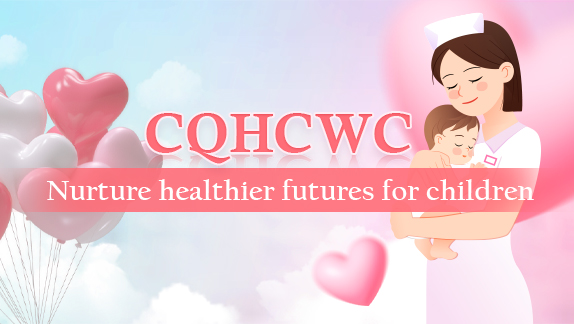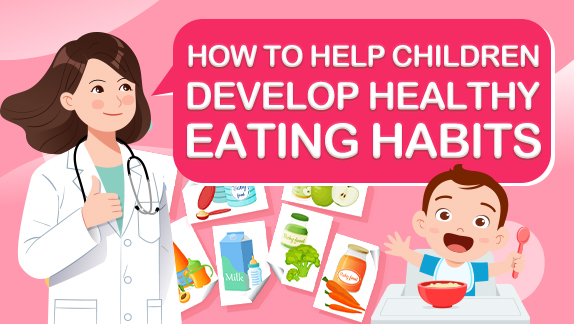Guide for protecting kids from COVID-19
1. For home care.
(1). Diet should be hygienic: parents and children should not share utensils; when feeding infants, do not blow food for kids or feed kids mouth to mouth.
(2). Children's articles, toys and tableware should be disinfected regularly.
(3). Urge children to wash their hands carefully before meals and after urination and teach children to learn the "seven-step washing method". The time for washing their hands should last at least 15 seconds each time.
(4). Ventilate the rooms two to three times a day for more than 30 minutes each time. When ventilating, children should avoid being near vents to avoid catching cold.
(5). Ensure that the child's intake of nutrition is balanced and sleep is sufficient and urge the child to keep exercising to enhance resistance.
(6). Take your child's temperature in the morning and at night. In case of fever, cough, shortness of breath, drowsiness, diarrhea and other suspicious symptoms of COVID-19, take the child to a doctor promptly.
2. For staying outside.
(1). Try not to let children go out, avoid going to crowded public places and closed spaces, such as shopping malls, amusement parks, etc.
(2). If you need to take your child out, try to go to an open place. Children should be given appropriate masks and parents should carry chlorine-containing disinfectants or disinfectant wipes with them. Do not let children eat or drink in public or take off their coats and gloves.
(3). Make sure that your child stays at a distance of more than one meter while playing or communicating with others and try to shorten the contact time between your child and others.
(4). After going home, you should take off your coat and wash your hands promptly. Reusable masks should be suspended in clean, dry and ventilated places and masks that do not need to be reused should be discarded according to the classification criteria for domestic waste. If it is a mask used by a baby undergoing home medical observation, remember to spray disinfectant and seal it in a plastic bag before discarding it.
3. Going to see the doctor.
(1). Make an online appointment before visiting the doctor to shorten the time of the visit as much as possible.
(2). Try to drive to the hospital by yourself and avoid taking public transport.
(3). Make sure that your child wears the appropriate mask, do not let their hands touch anything during the medical treatment and keep their hands hygienic at all times.
(4). When entering the hospital, parents and their children should cooperate with hospital staff to take temperature measurements, screening and epidemiological investigations.
(5). When waiting, wait in a ventilated place and keep more than one meter apart from other people. When you are in the same consulting room with other people, you need to wait until the previous child leaves before you bring your child in.
4. On psychological aspect.
(1). According to children's cognitive characteristics, give them simple and easy to understand disease information and teach children to protect themselves.
(2). All kinds of questions raised by children, including the epidemic situation and death, should not be taboo and appropriate answers should be given.
(3). Parents need to maintain emotional stability, create a safe and harmonious family atmosphere and be with their children more to ensure their physical and mental health.
(4). Avoid allowing children to be disturbed by too much negative information, help children to strengthen their beliefs and build their confidence they can overcome the virus.

 CQHCWC: Nurture healthier futures for children
CQHCWC: Nurture healthier futures for children How to help children develop healthy eating habits
How to help children develop healthy eating habits Wechat
Wechat Weibo
Weibo